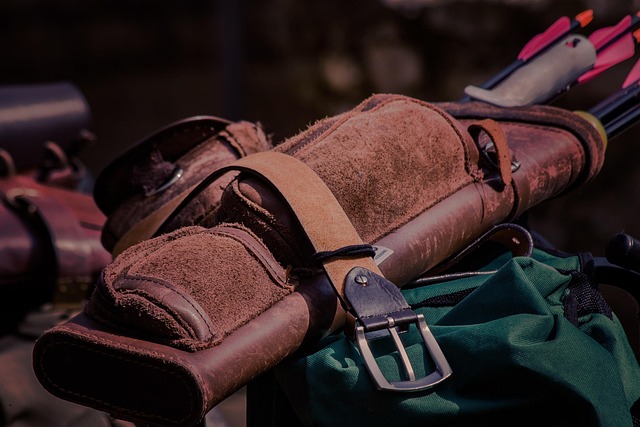Leather Care and Maintenance
Leather is more than just a material—it’s a symbol of craftsmanship, durability, and timeless style. Whether you’ve just purchased a handcrafted leather bag or inherited a vintage wallet, knowing how to properly care for leather is essential to preserve its beauty and longevity.
In this beginner’s guide, we’ll walk you through the basics of leather care and maintenance so your favorite leather goods stay as stunning as the day you got them.
Why Leather Care And Maintenance Matters
Genuine leather is a natural material. Over time, it develops a rich patina and unique character, but without proper care, it can crack, dry out, or lose its luster. Regular maintenance not only extends the life of your leather products but also keeps them looking refined and elegant.
1. Understand Your Leather Type
Before you start cleaning, it’s crucial to identify the type of leather you own:
• Full-Grain Leather: Most durable and high-quality, often used in premium bags and wallets.
• Top-Grain Leather: Slightly corrected surface; still strong and stylish.
• Genuine Leather: Lower in grade but still widely used in accessories.
• Suede/Nubuck: Softer, more delicate—requires special care.
Tip: Always check the product label or ask the seller (like Handmade Hides) for the leather type.
2. Cleaning Your Leather Goods
Regular Cleaning:
• Use a dry microfiber cloth to remove dust.
• For light dirt, dampen the cloth slightly with distilled water and gently wipe the surface.
Deep Cleaning (Once a Month or When Needed):
• Use a leather cleaner made for your type of leather.
• Apply in a circular motion using a soft cloth.
• Avoid household cleaners—they can damage the leather’s finish.
3. Conditioning: Keep It Supple
Leather can dry out over time. Conditioning restores moisture and keeps it flexible.
• Use a leather conditioner every 3–6 months.
• Apply a small amount with a soft cloth.
• Let it absorb and then buff gently.
Avoid over-conditioning, which can clog the pores of the leather.
4. Protecting from Damage
• Keep leather away from direct sunlight for long periods—it can cause fading.
• Avoid excessive water; if wet, blot with a soft cloth and air dry naturally.
• Store in breathable dust bags when not in use. Never use plastic bags—they trap moisture.
5. Dealing with Stains
• Ink stains: Use a leather-specific ink remover.
• Oil or grease: Sprinkle cornstarch or talcum powder to absorb overnight.
• Water stains: Gently dab with a dry cloth and let it air dry evenly.
When in doubt, consult a leather specialist.
6. Storage Tips for Longevity
• Stuff bags with tissue paper to retain shape.
• Store wallets and accessories in a cool, dry place.
• Use cedar blocks in storage to avoid mildew and odors.
7. Mistakes to Avoid
• Never use baby wipes, vinegar, or alcohol on leather.
• Don’t dry leather with a hairdryer or under the sun.
• Avoid folding leather bags or belts—they can permanently crease.
Final Thoughts
Proper leather care doesn’t have to be complicated. With a little attention and the right techniques, your leather items can last for generations. Whether it’s your go-to crossbody bag or a cherished leather journal, consistent care will keep it looking luxurious and well-loved.
Explore Handmade Hides’ full range of handcrafted leather goods—each piece made with love and built to last.
Looking for leather care kits? Stay tuned—our in-house care essentials are coming soon!
📌 Quick Recap:
• Clean regularly with a soft cloth.
• Condition every few months.
• Protect from sun, water, and harsh chemicals.
• Store properly to maintain shape and quality.
Buy from us on our website Handmade Hides or our etsy store

